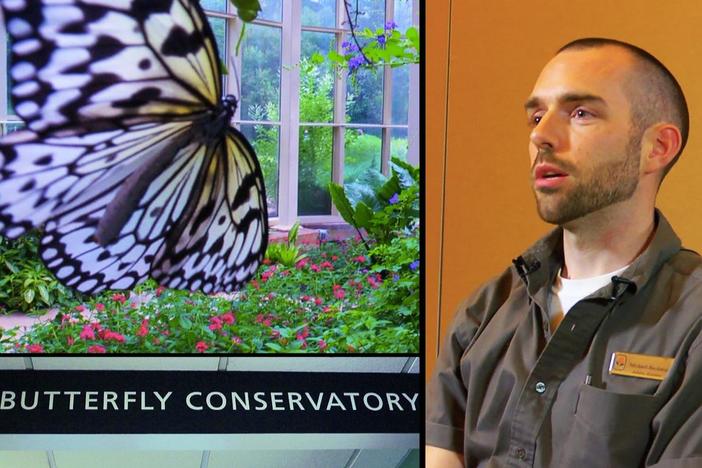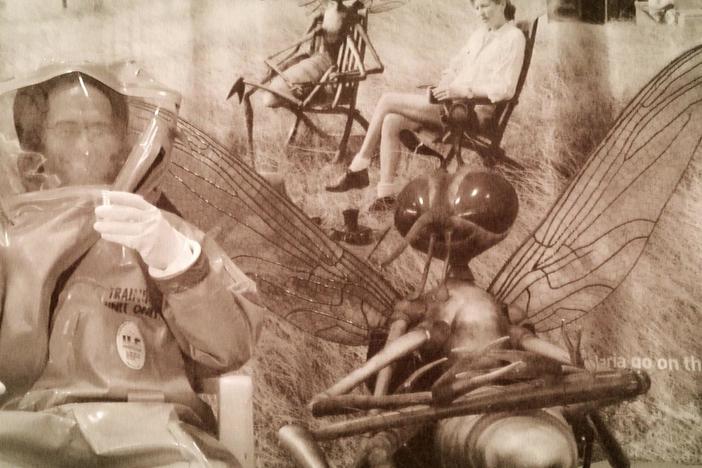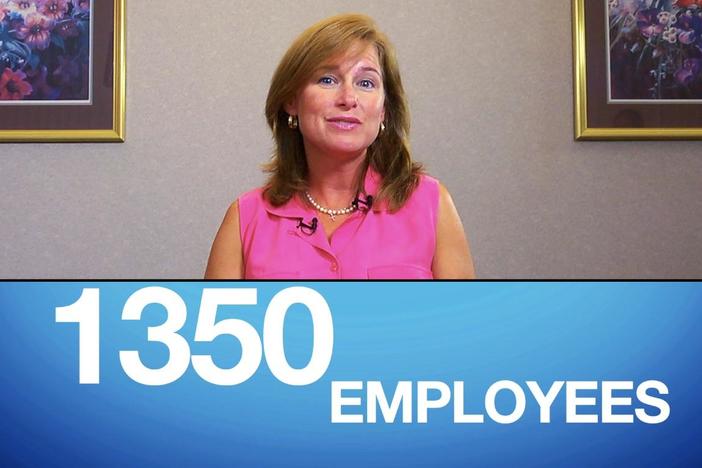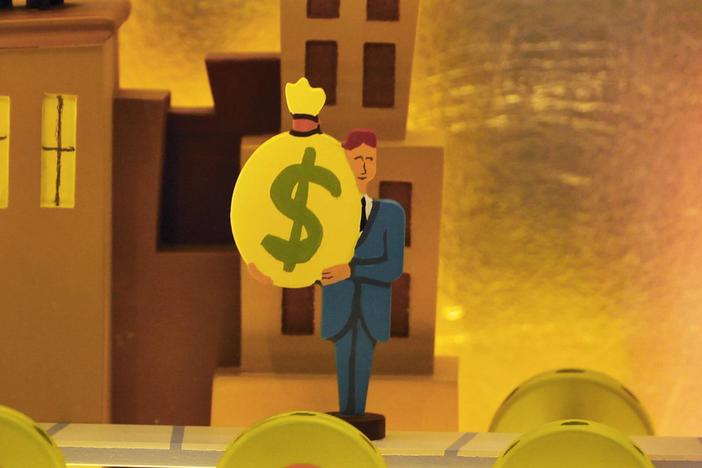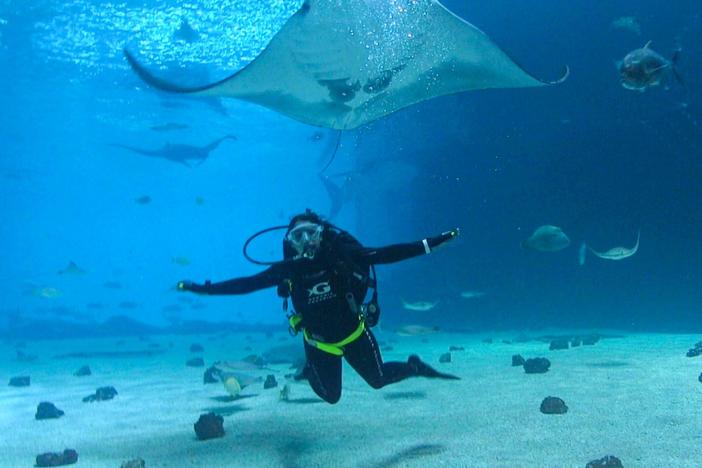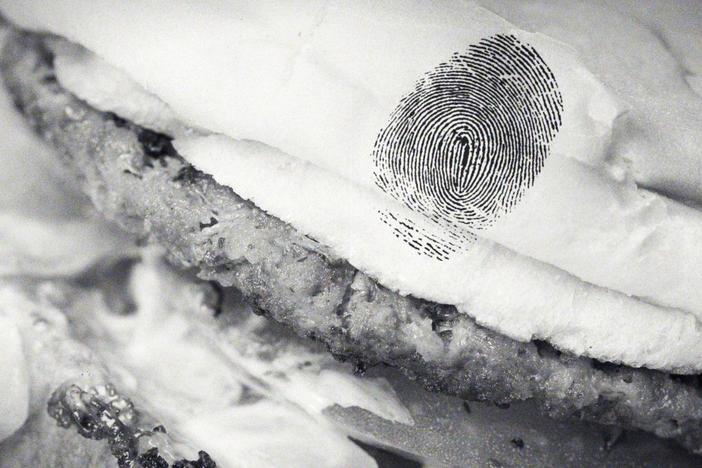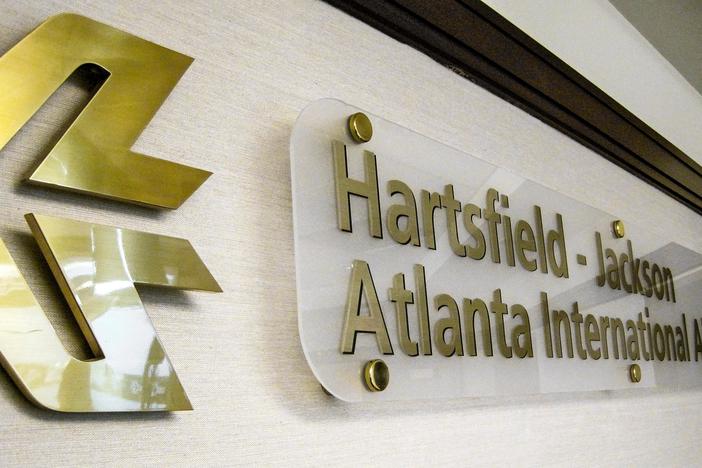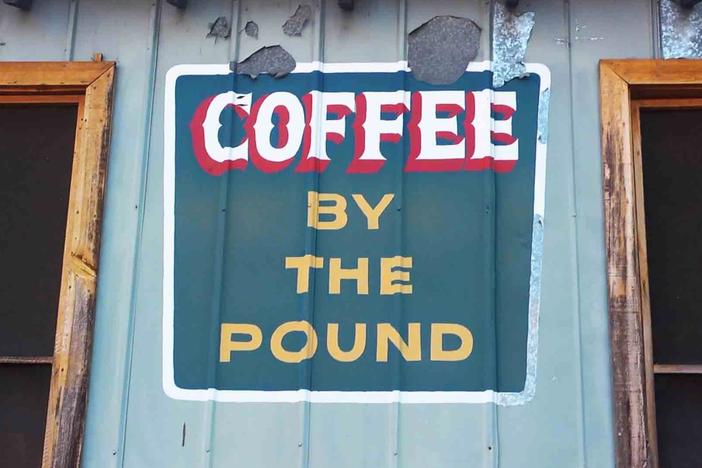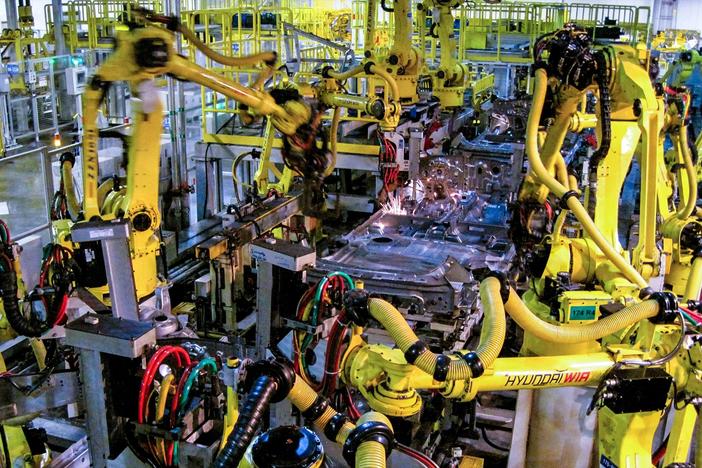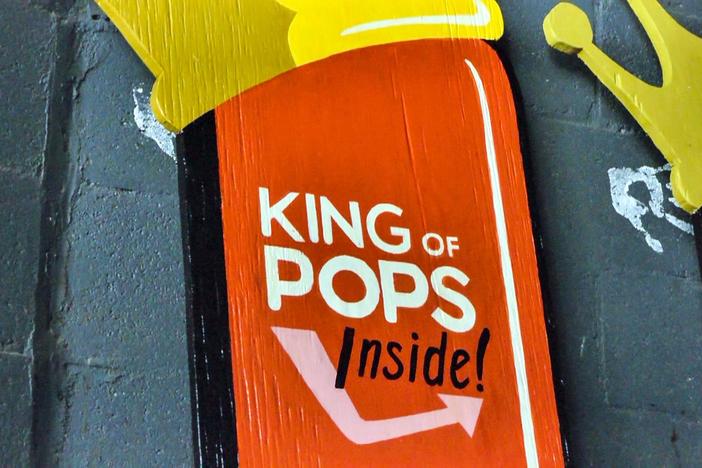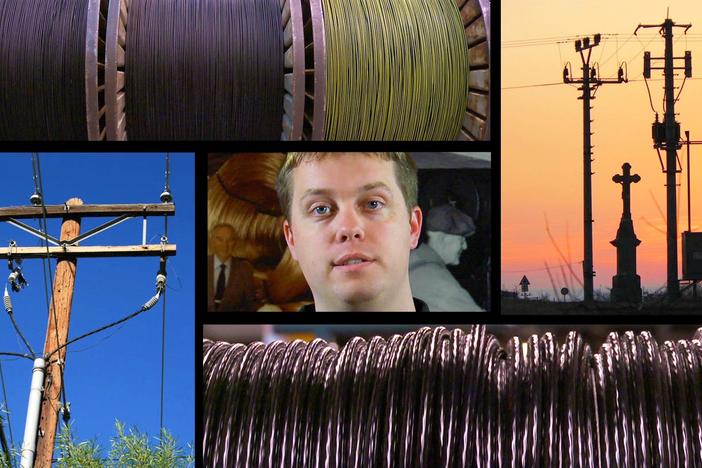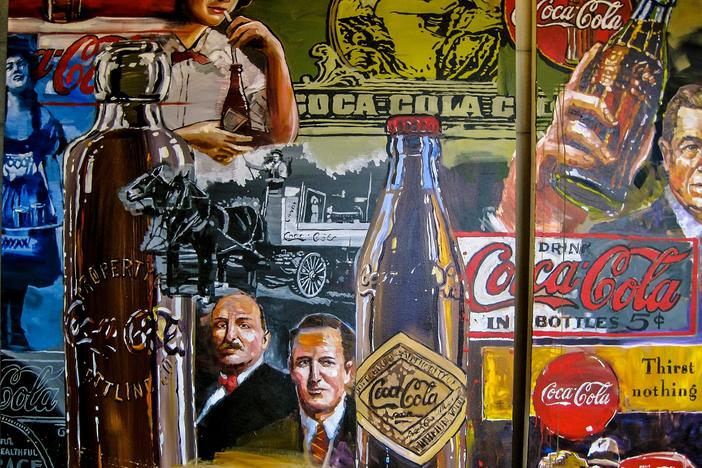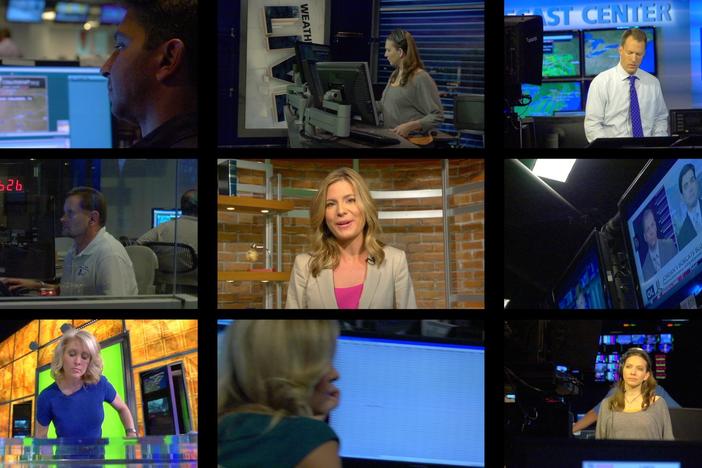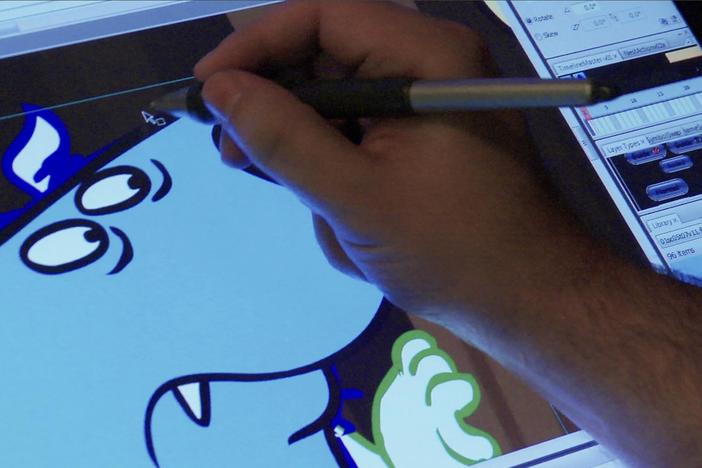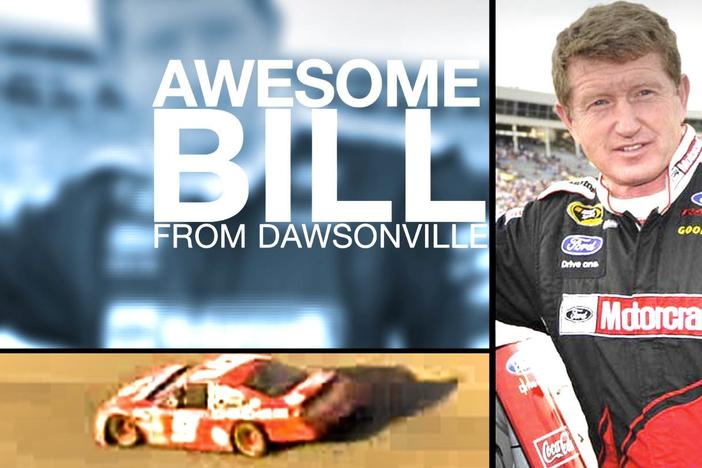The Coca-Cola Company
If you’ve got an idea for the next great flavor of Coca-Cola but don’t know what to do with it, we’ve got you covered. We visit the world headquarters of The Coca-Cola Company in downtown Atlanta and talk with a few of their nearly 100,000 employees about what it takes to be one of the most recognized brands on the planet. As it turns out, those high school chemistry classes might come in handy.
The Coca-Cola Company
If you’ve got an idea for the next great flavor of Coca-Cola but don’t know what to do with it, we’ve got you covered. We visit the world headquarters of The Coca-Cola Company in downtown Atlanta and talk with a few of their nearly 100,000 employees about what it takes to be one of the most recognized brands on the planet. As it turns out, those high school chemistry classes might come in handy.
Science
Ask questions to develop explanations about the similarities and differences between electromagnetic and mechanical waves.
Design a device to illustrate practical applications of the electromagnetic spectrum (e.g., communication, medical, military).
Develop and use a model to compare and contrast how light and sound waves are reflected, refracted, absorbed, diffracted or transmitted through various materials.
Use mathematics and computational thinking to balance chemical reactions (i.e., synthesis, decomposition, single replacement, double replacement, and combustion) and construct an explanation for the outcome of a simple chemical reaction based on the outermost electron states of atoms, trends in the periodic table, and knowledge of the patterns of chemical properties.
Develop and use mathematical models to explain mechanical and electromagnetic waves as a propagating disturbance that transfers energy.
Plan and carry out investigations to characterize the properties and behavior of electromagnetic waves.
Develop and use models to explain the properties (solute/solvent, conductivity, and concentration) of solutions.
Ask questions to compare and contrast the characteristics of electromagnetic and mechanical waves.
Develop models based on experimental evidence that illustrate the phenomena of reflection, refraction, interference, and diffraction.
Social Studies
Natural (land)
Human (labor)
Capital (capital goods)
Entrepreneurship (risk-taking and combining natural, human, and capital resources in an
attempt to make a profit)
Describe how competition, markets, and prices influence consumer behavior.
Describe how people earn income by selling their labor to businesses.
Describe how entrepreneurs take risks to develop new goods and services to start a business.
Describe how profit is an incentive for entrepreneurs.
Explain how entrepreneurs take risks to develop new goods and services to start a business.
Evaluate the economic impact of various industries in Georgia including agricultural, entertainment, manufacturing, service, and technology.
Define and give examples of productive resources (i.e. factors of production): natural resources (i.e. land), human resources (i.e. labor and human capital), physical capital and entrepreneurship.
Explain the motivations that influence entrepreneurs to take risks (e.g., profit, job creation, innovation, and improving society).
1. Coca-Cola is one of the largest food and beverage manufacturers in the world. But many different companies make a "cola" drink. How is Coke still so prominent even though it makes a product so similar to others?
2. While it's important to have a great product, this is not the only factor that makes for a successful company. How does marketing play a major role in a company's success?
Organic Chemistry: a branch of chemistry that is concerned with carbon and especially carbon compounds which are found in living things
Chromatograph: a machine used to separate components of a mixture
Refractometer: a device used to measure the angle of light when it hits a reflective surface
Hydrolysis: the chemical breakdown of a compound due to reaction with water
Synthesis: the production of a substance by combining simpler substances through a chemical process
-
Explore More
-
Special Thanks
Kirk Glaze, Katelyn Jackson, Reggie Prime, Farhad Chowdhury, Cofi Adams, Brenda Smith, Barbara Gann
This content was developed under a grant from the U.S. Department of Education. However, this content does not necessarily represent the policy of the U.S. Department of Education, and you should not assume endorsement by the Federal Government.





